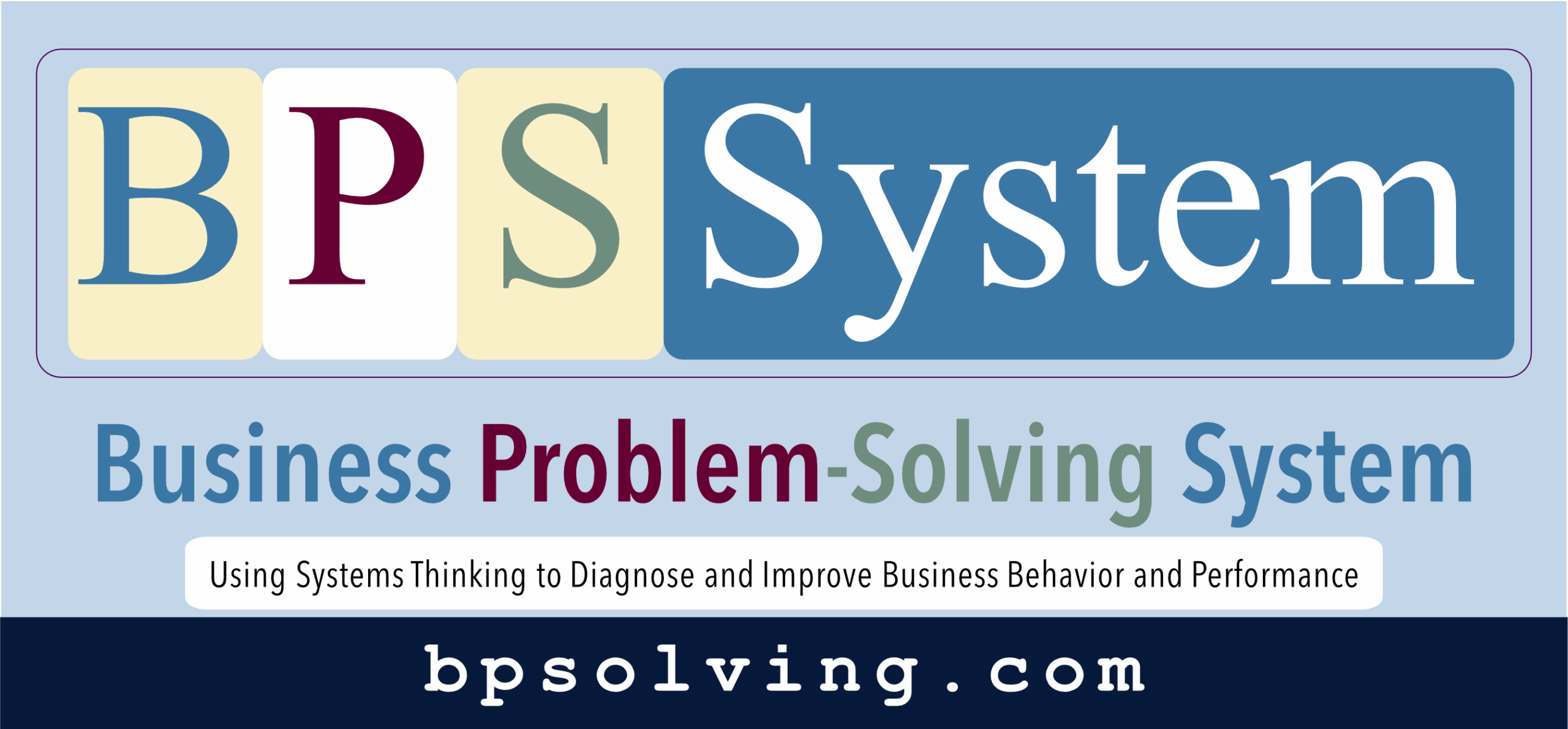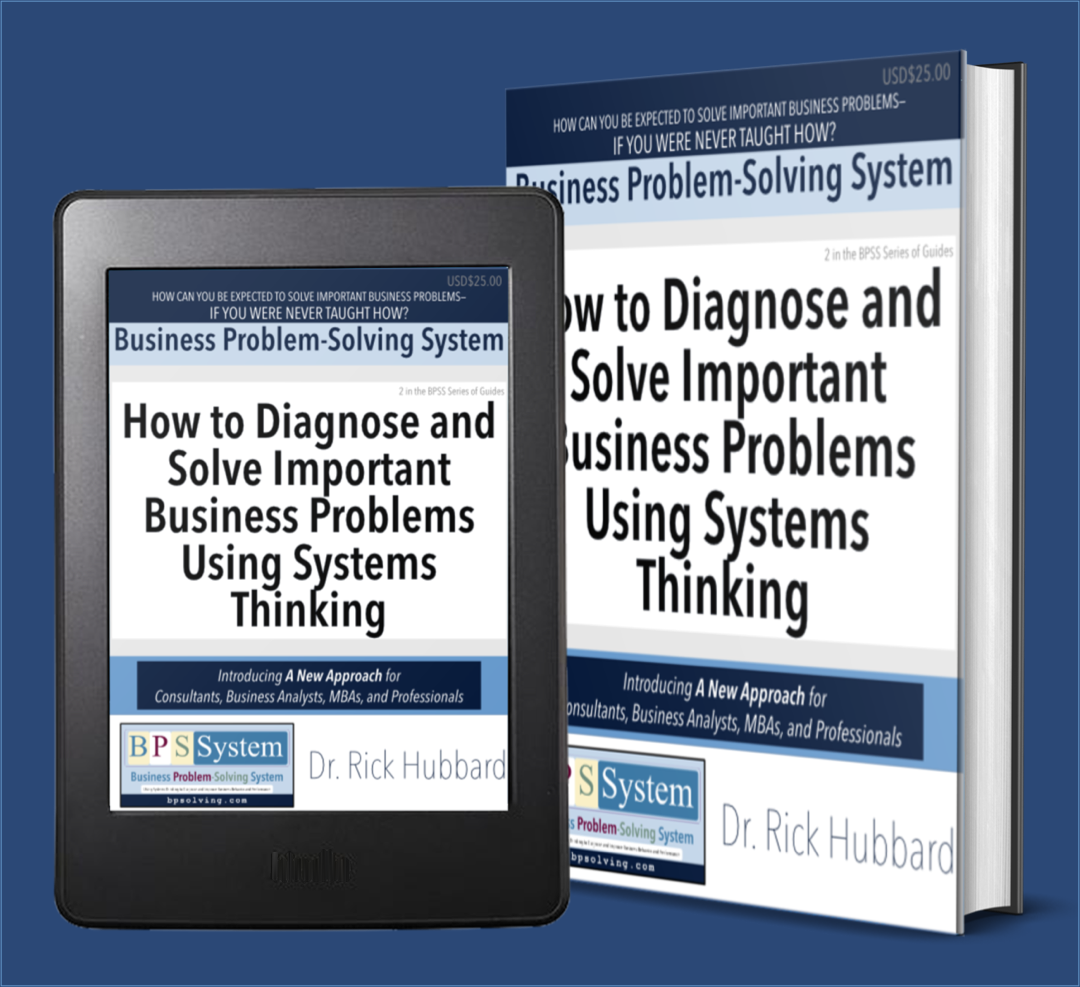
You are expected to solve important business problems, but…were you ever taught how?
There’s a critical gap impeding your success.
Business schools don’t teach how to systematically diagnose and solve important business problems.
Now You Can Learn What You Need to Know But No One Ever Taught You…

A New Approach introduces the Business Problem-Solving System (BPSS). The BPSS is an ideal way for you to obtain rare, valuable, and difficult-to-imitate systematic business problem-solving skills. While we make final preparations for launch, reserve your free copy of A New Approach. (Expected publication 2025Q4.)
“We at The Change Leader heartily endorse Rick Hubbard’s Business Problem-Solving System Series of Guides. Consultants of all skill levels will benefit by adopting and adapting the tools given in these Guides to their own practices.”